This report by the Forest Practices Board sets out what the Board believes to be a comprehensive, verifiable and science-based framework within which to begin to assess the effectiveness of forest practices in conserving biological diversity.
Of the forest values identified in the Forest and Range Practices Act (FRPA), biodiversity is considered by many to be the most complex to manage and conserve.Biodiversity encompasses a variety of ecological conditions that change naturally over time and to be effective at conserving biodiversity, it is important that forest companies, agencies and government understand, manage and conserve the important elements of biodiversity over time.
This investigation reviews the achievement of free-growing status – replacement of logged sites with healthy new forests – by licensees across BC. It provides an update to a 2004 investigation of the same subject.
British Columbia is proud of its sustainable forest management practices. Following the logging of public land, forest companies are required to reforest the site with native species and establish a new crop of trees. Each year, more than 200 million seedlings are planted in the province. Forest companies are then required to tend those trees for a number of years, to ensure they survive and grow into a healthy new forest. Once the trees reach this stage, called ‘free growing,’ the companies are relieved of their responsibility to look after the trees, which once again become the responsibility of the Crown.
The free-growing standard is the principal benchmark in measuring the achievement of reforestation objectives in BC. Free growing means that licensees have re-established, on a logged area, a stand of healthy, growing trees that can continue to thrive without further intervention. Achievement is based on a set of stand measurements, taken at a predetermined time, with clear criteria for determining free growing. The deadline for licensees to achieve free growing is known as the “late free-growing date.”
After a wildfire, the likelihood of natural hazards such as landslides , severe surface soil erosion and flooding can increase significantly. In wildland–urban interface areas (i.e. fires near populated areas), these hazards can increase the risk to life, property and infrastructure.
This issue came to the Board’s attention during its 2004 special investigation into repairing damage caused by fighting forest fires. Of 12 wildfires sampled, 6 experienced landslides or flood events since our field visits. In three of these cases, provincial highways were affected; houses were destroyed or damaged in two cases. In its report, the Board stated its intent to examine the process and responsibilities for identifying and managing post-wildfire risks to life, infrastructure and forest resources.
There are some 400,000 to 550,000 kilometres of resource roads in BC, used for forestry, oil and gas, mining and commercial and public recreation. Roads, and the access they create, are one of the major land use impacts in BC, yet access management is not as effective and coordinated as it should be. This report identifies access challenges that need to be resolved to achieve a more effective system of roads, and to reduce conflicts between stakeholders, the public and the environment. There is an opportunity to improve the access management system, provide economic savings and reduce environmental impacts.
